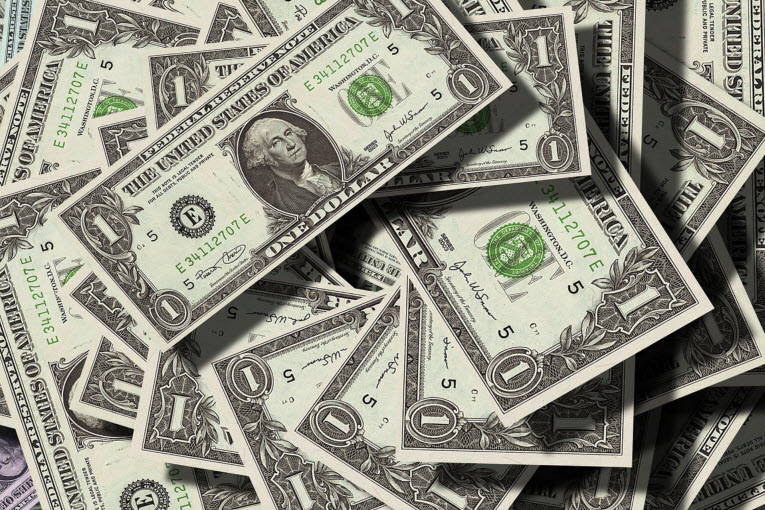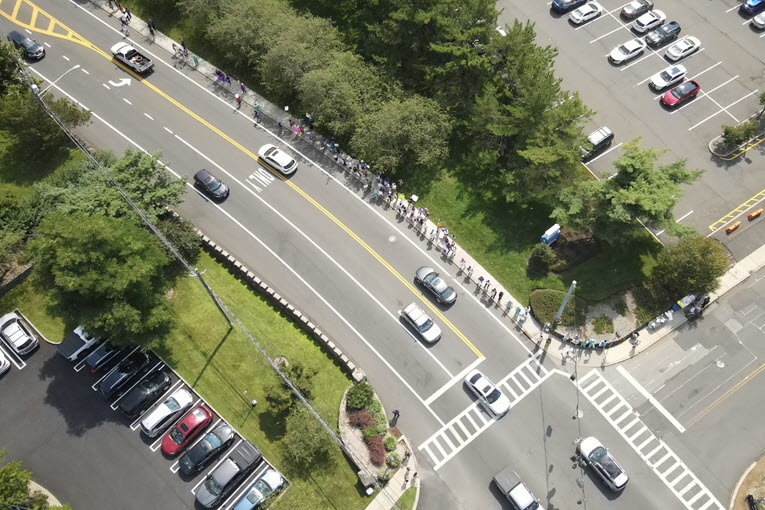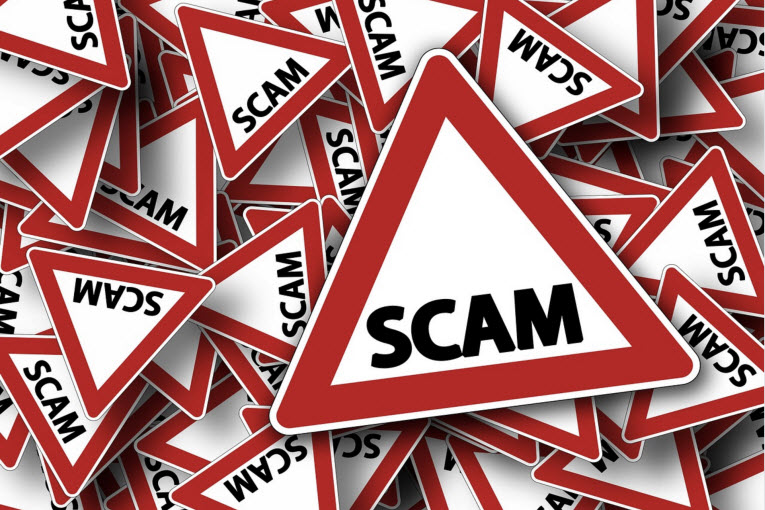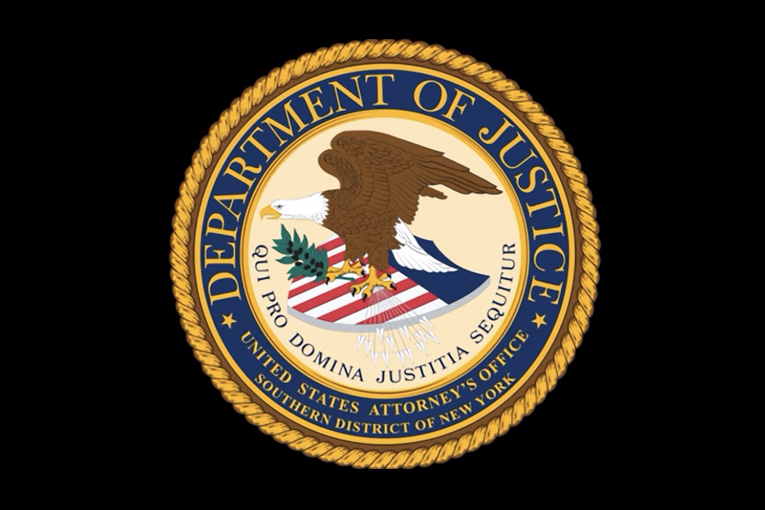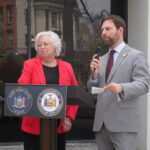Increase to Take Effect on December 31, 2019
Announcement Follows Division of the Budget Report that Shows Record Low Unemployment Rates as Minimum Wage Has Climbed
Wages are Rising and the Percentage of Minimum Wage Earners Working Part-Time Jobs is Dropping
Governor Andrew M. Cuomo today announced the $15 minimum wage phase-in will take effect December 31, 2019 after a statutorily required report by the Division of the Budget found the decline in New York’s unemployment rate to record lows indicates that recent minimum wage increases have been absorbed with negligible, if any, impacts on labor demand in every region. Based on the report’s finding, the current outlook for continued growth in employment and wages at a moderate pace allows the State labor market to absorb the minimum wage increases scheduled for 2020. The minimum wage rose to $15 per hour for companies employing 11 or more in New York City on December 31, 2018, and will rise to $15 per hour for companies employing 10 or fewer this year. In Long Island and Westchester, it will rise to $13 per hour, and to $11.80 in the rest of the state as it continues to grow.
“New York is leading the fight for economic justice, proudly setting a national example by raising the minimum wage to $15,” Governor Cuomo said. “Nearly three years after we set New York on a path to achieve a $15 minimum wage, we are seeing the benefits: record low unemployment rates, fewer people living in poverty, less people working multiple part-time jobs and more families given the opportunity to live a decent life. In New York we believe in a fair day’s pay for a fair day’s work, and we won’t stop fighting until every hardworking New Yorker is paid the fair wages they deserve.”
The report produced by the Division of the Budget is required by the minimum wage statute to serve as vehicle for reviewing the state of the economy in each region and the effect of minimum wage increases to determine whether increases move forward as scheduled or if there should be a delay.
Key findings from the Division of the Budget’s Minimum Wage Report include:
- In September 2018, the State’s unemployment rate fell to a historic low of 3.8 percent on a seasonally adjusted basis and has remained at or near this historic low since then.
- Through the first 10 months of 2019, the State unemployment rate has averaged 4 percent, and if that trend continues for the remaining two months, 2019 will represent the lowest record on an annual average basis since the 1970s.
- Private sector jobs are expected to grow at a still healthy pace of 1.2 percent in 2020, following 1.4 percent growth in 2019.
- New York State wages are rising, supported by the increase in minimum wage. Household income in New York State rose 2.5 percent in 2018 compared to a nationwide increase of only 0.8 percent, according to the U.S. Census Bureau.
- New York State wages are expected to continue to grow amid a tight labor market.
- The number of minimum wage workers is projected to rise to about 1.5 million in 2020 comprising 16.4 percent of the workforce, suggesting that well over one million New York State workers will have likely benefitted from the State’s rising minimum wage since 2013.
- The percentage of part-time workers is expected to drop from 52.1 percent in 2009 to 41.2 percent by 2020.
- The minimum wage workforce has gotten older and is more likely to be working full time. The percent of workers ages 16-24 are expected to drop from 41.4 percent in 2009 to 31.3 percent by 2020.
Since he first took office, Governor Cuomo has worked to restore economic parity and social justice to working families in New York State, including passing a $15 minimum wage to restore economic fairness, enacting the nation’s strongest job-protected paid family leave program and extending protections to public sector employees in local and state government following the devastating “Janus” Supreme Court decision. This year, the Governor continued this historic progress by enacting the Farm Workers Bill, giving thousands of farm workers in New York the right to collectively bargain and other crucial protections.
|
General Minimum Wage Rate Schedule |
||||||
|---|---|---|---|---|---|---|
|
Location |
12/31/16 |
12/31/17 |
12/31/18 |
12/31/19 |
12/31/20 |
2021* |
|
NYC – Big Employers (of 11 or more) |
$11.00 |
$13.00 |
$15.00 |
|
|
|
|
NYC – Small Employers (10 or less) |
$10.50 |
$12.00 |
$13.50 |
$15.00 |
|
|
|
Long Island & Westchester |
$10.00 |
$11.00 |
$12.00 |
$13.00 |
$14.00 |
$15.00 |
|
Remainder of New York State Workers |
$9.70 |
$10.40 |
$11.10 |
$11.80 |
$12.50 |
* |
*Future increases will be based on an indexed schedule to be set by the Director of the Division of the Budget in consultation with the Department of Labor following an annual review of the impact
$15 Minimum Wage Phase-in
- The $15 minimum wage legislation was passed as part of the 2016-17 state budget, and marked a major accomplishment in the Governor’s efforts to restore economic justice and fairness to working families in New York State. The phase-in schedule on a regional basis is as follows:
- For workers in New York City employed by large businesses (those with at least 11 employees), the minimum wage rose to $11 at the end of 2016, then another $2 each year after, reaching $15 on 12/31/2018.
- For workers in New York City employed by small businesses (those with 10 employees or fewer), the minimum wage rose to $10.50 at the end of 2016, then another $1.50 each year after, reaching $13.50 on 12/31/2018, rising to $15 on 12/31/2019.
- For workers in Nassau, Suffolk and Westchester Counties, the minimum wage increased to $10 at the end of 2016, then $1 each year after, reaching $12 on 12/31/2018, rising to $15 on 12/31/2021.
- For workers in the rest of the state, the minimum wage increased to $9.70 at the end of 2016, then another .70 each year after, rising to $11.10 on 12/31/18, reaching $12.50 on 12/31/2020 – after which the minimum wage will continue to increase to $15 on an indexed schedule to be set by the Director of the Division of Budget in consultation with the Department of Labor.
More information is available at www.ny.gov/minimumwage.


